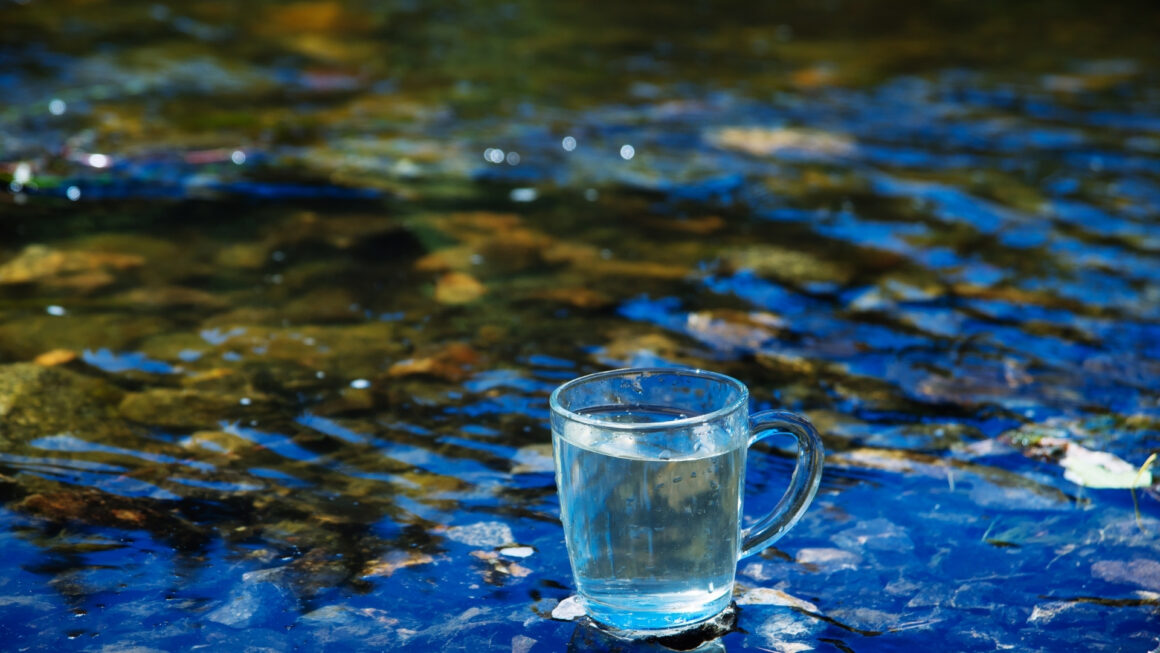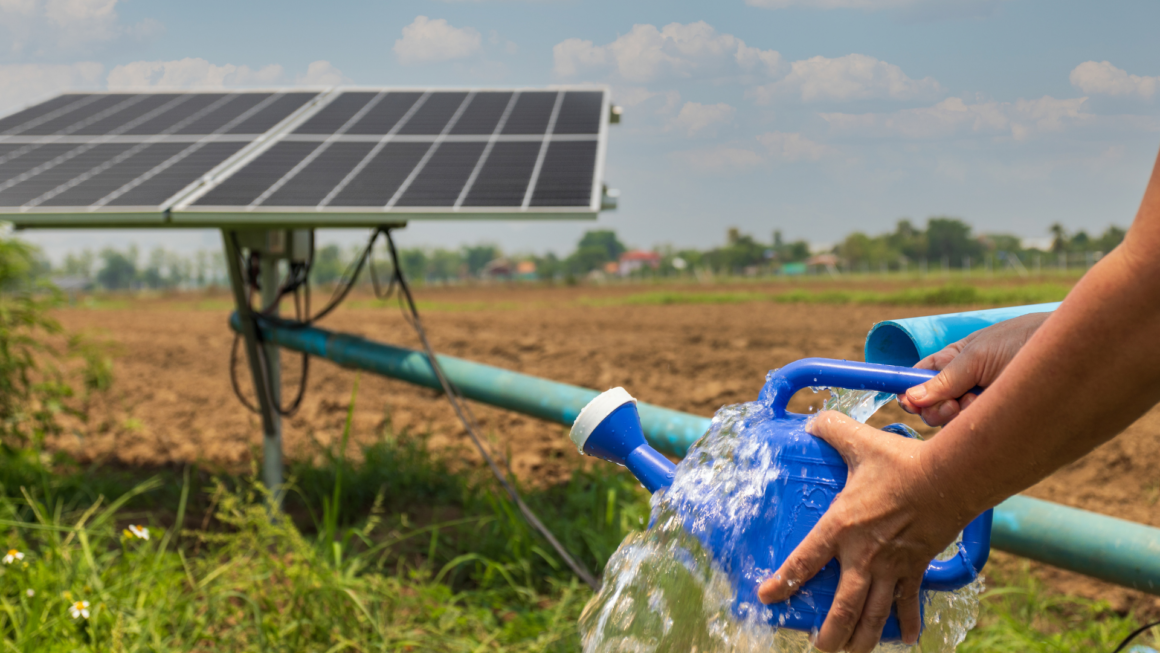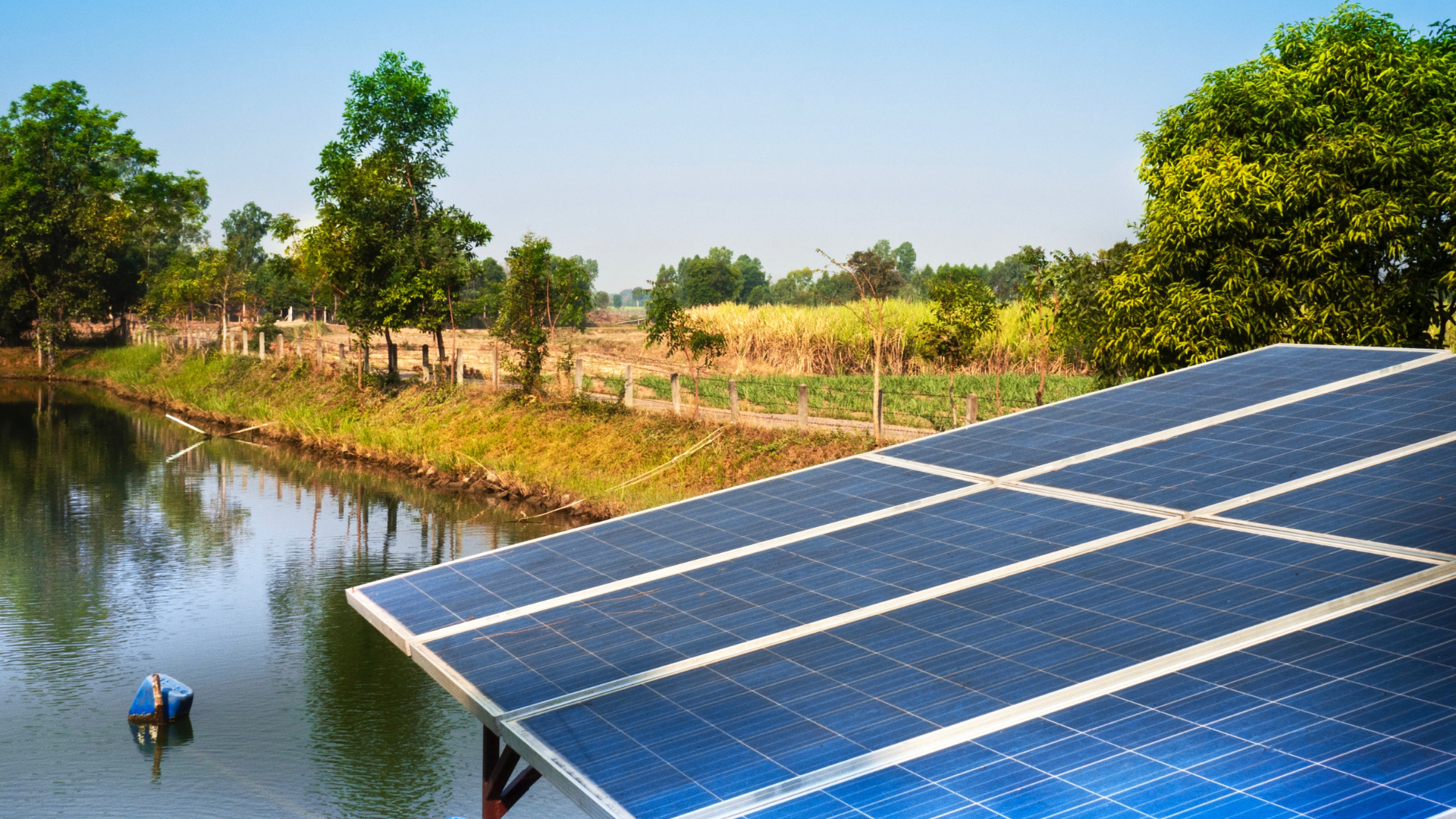Water Treatment Facilities: Constructing water treatment facilities to purify water from rivers or boreholes can remove contaminants and pathogens, ensuring safe drinking water for communities.
The facilities typically consist of multiple stages to effectively remove a variety of impurities and provide safe, clean water.
1. Intake and Screening: The first stage of a water treatment facility is to collect water from a source such as a river or borehole. Screens are often used to remove large debris like branches and leaves before the water is pumped into the treatment plant.
2. Coagulation and Flocculation: In this stage, chemicals are added to the water to help particles clump together and form larger, more easily removable particles. This process, known as coagulation and flocculation, helps to remove dirt, debris, and other organic matter.
3. Sedimentation: Once the particles have clumped together, the water is allowed to sit in large basins. The heavier particles sink to the bottom, forming a sludge layer while the cleaner water remains on top.
4. Filtration: After sedimentation, the water flows through various filters, such as sand, gravel, and activated carbon, to remove smaller particles and impurities that may have been missed in earlier stages.
5. Disinfection: To ensure all harmful microorganisms are killed, disinfectant chemicals such as chlorine are added to the water. This process eliminates any remaining bacteria, viruses, and parasites that may cause illness.
6. Storage: After the water has been treated, it is stored in large tanks or reservoirs before distribution to homes and businesses. This allows for a continuous supply of clean water, even during peak demand.
7. Distribution: Finally, the treated water is pumped into pipelines and distributed to homes and businesses through a network of pipes. The water is constantly monitored for quality and pressure to ensure it meets safety standards and is available for use at all times.
In addition to these main stages, water treatment facilities also have systems for monitoring and controlling the treatment process, as well as backup systems to ensure uninterrupted supply in case of any equipment failures.
Overall, water treatment facilities play a crucial role in providing safe and clean water for human consumption. Without them, access to clean water would be limited, and people would be at risk of waterborne diseases. Continuous improvements and innovations in water treatment technology are essential in meeting growing demand and ensuring access to safe drinking water for all.










